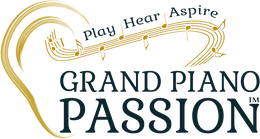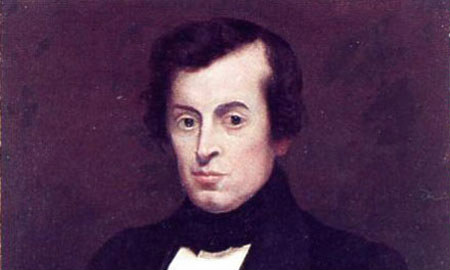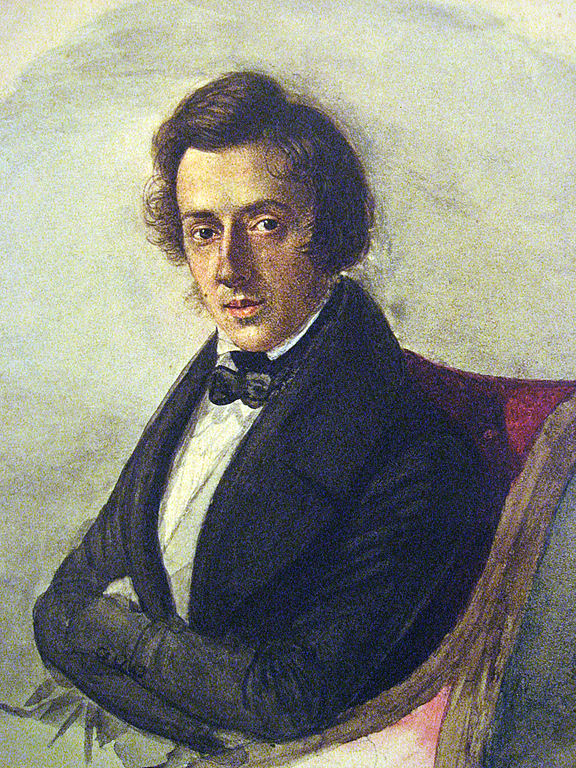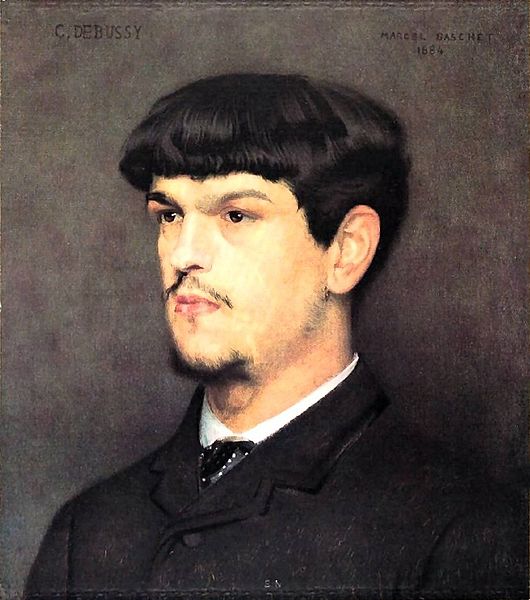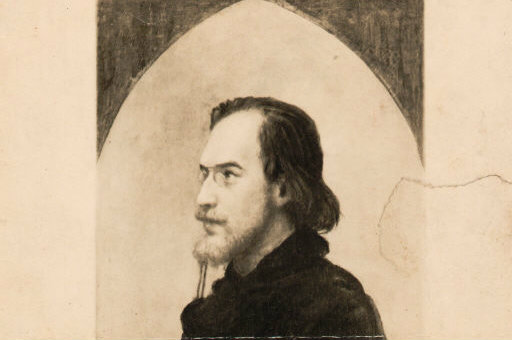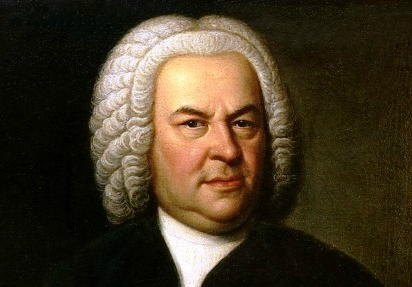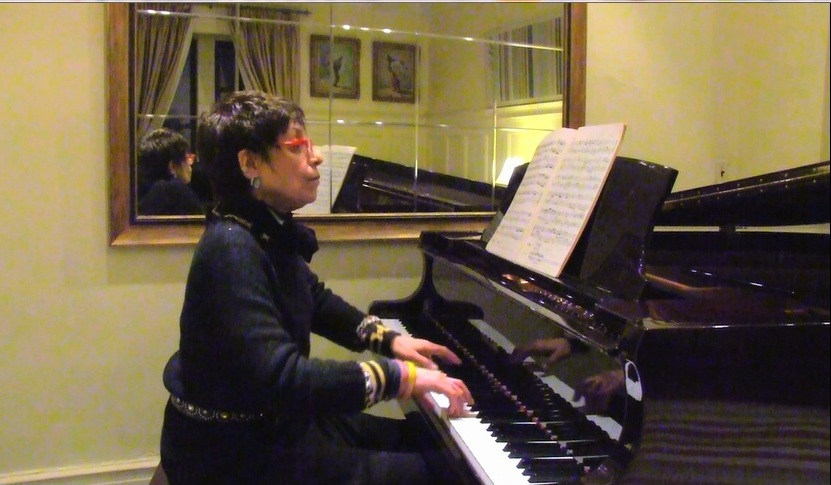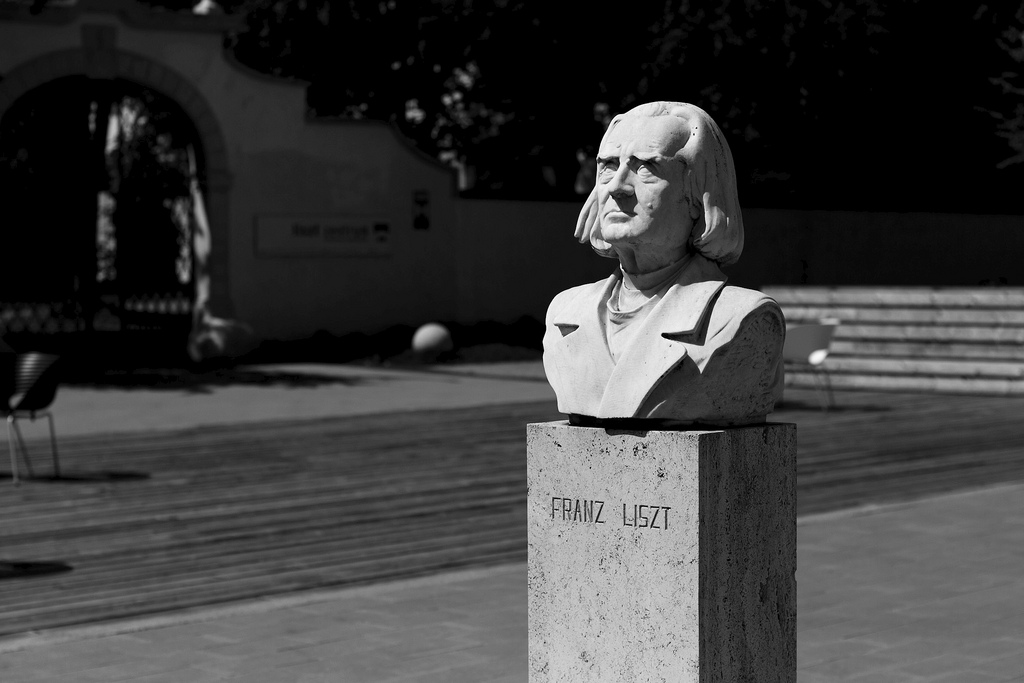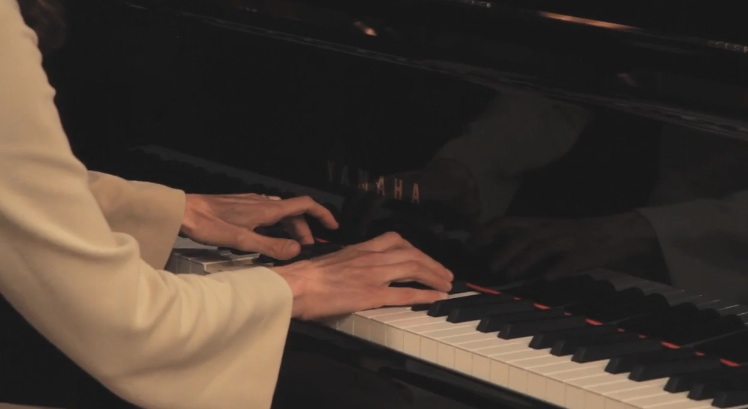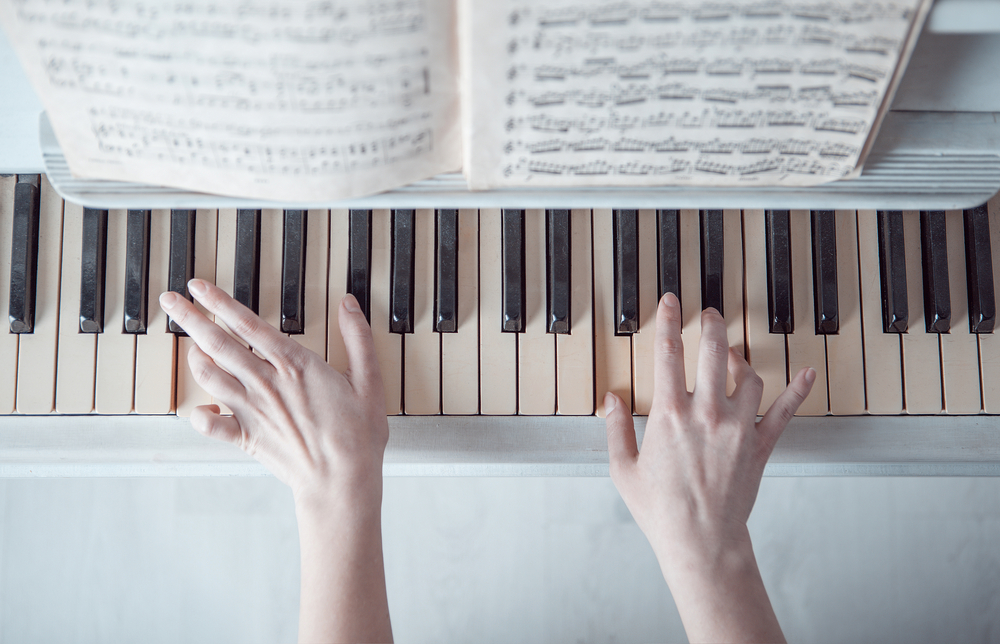While the Chopin Prelude in A Major only lasts 16 measures and takes about one minute to play, it is a wonderful study in imagination of dynamics, color, and rubato. I explore this work from multiple perspectives here, as part of GRAND PIANO PASSION™’s well-regarded Classical Piano Music Amplified™ series.
Classical piano music amplified™
Satie Gnossienne No. 3 Amplified
Satie’s Gnossienne No. 3 is charming yet hypnotic, requiring from the pianist a flexible sense of rhythm and a probing creative streak to interpret Satie’s colorful, written indications. In this article, part of GRAND PIANO PASSION™’s well-regarded Classical Piano Music Amplified™ series, I look at the piece from multiple perspectives.
Beethoven’s Moonlight Sonata, First Movement, Amplified
The first movement of Beethoven’s “Moonlight” Sonata is always a source of great delight and fascination. As a Steinway artist and a teacher, I have played and taught this piece—more formerly known as the first movement of Beethoven’s Sonata No. 14 in C-sharp Minor—so many times.
The Chopin Prelude in E Minor Amplified
With its simple melody, haunting harmonies, and space for liberal use of tempo rubato, the Prelude in E Minor is one of Chopin’s most beautiful compositions—one that gives the student a wonderful work to perform, while also teaching the pianist a great deal about finesse and interpretation.
The Debussy Rêverie Amplified
In the Debussy Rêverie, the best way to communicate the music’s natural rises and falls is through your own physical breath control.
Satie’s Gymnopédie No. 3 Amplified
Erik Satie’s Gymnopédie No. 3 has enjoyed great popularity since Satie first published it in 1888. The music’s melancholy lyricism, warm harmonies and relative technical ease account for its popularity.
The Bach French Suites Amplified
The Bach French Suites, groupings of short pieces originally most likely written for the harpsichord, now played on the piano, provide many of the benefits of studying more complicated music by Bach.
Shirley Gruenhut Plays the Bach French Suite No. 5
Bach is my basic. It’s always back to Bach, the grand master. As a teenager, I played Bach’s Two-Part Inventions, then the Preludes and Fugues (from the Well-Tempered Clavier Books I and II), and then I discovered the French and English Suites, and I played a lot of both.
Debussy First Arabesque Amplified
The Claude Debussy First Arabesque, composed in 1888 in the key of E major, is like an arabesque, an ornamental design consisting of intertwined flowing lines. Yet there’s more in the music then its contours. The First Arabesque has strong antecedents in Bach.
The Liszt Un Sospiro Amplified
A closer look at the Liszt Un Sospiro reveals patterns in the rolling arpeggios, an Impressionistic quality, and some historical background on the piece. The most striking part of Un Sospiro is its ethereal and poetic qualities, with its rolling arpeggios and flowing melodic line creating an atmospheric mood.
Chopin’s Raindrop Prelude Amplified
The repeated tenor notes, which patter underneath all but a few of the measures in the Chopin Raindrop Prelude—first A-flat, then G-sharp, then back to A-flat again, so evocative of raindrops—make the piece almost wholly unique in classical piano music.
Brahms Intermezzo in B-flat Minor Amplified
Rabbi David Posner, amateur pianist, plays the Brahms Intermezzo B-flat Minor: a video, his story and insight from a music masters student at Mills College.
Chopin Waltz in B Minor Amplified
The Chopin Waltz in B Minor (Opus 69 No. 2) is one of Chopin’s early works, although it was not published until after his death. It is also one of the pieces that Chopin wanted burned after he died, but luckily for all of us, the score survived.
